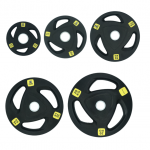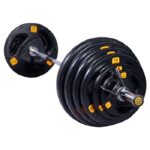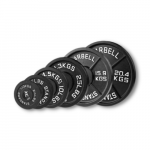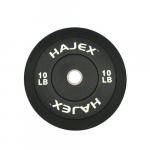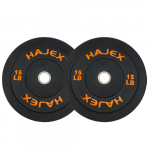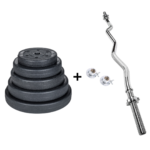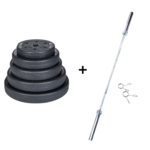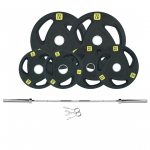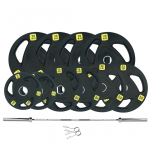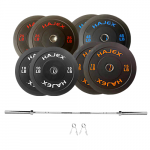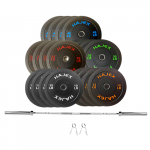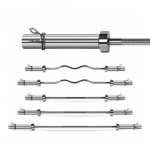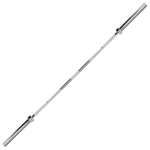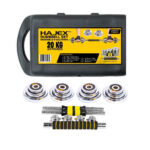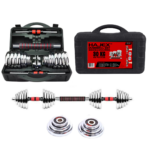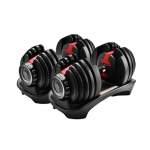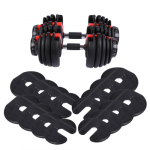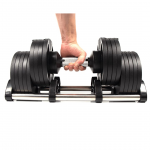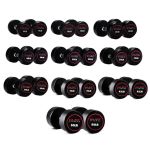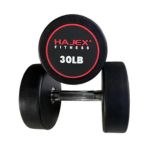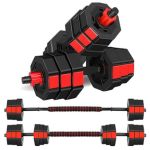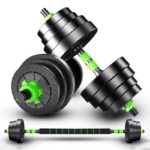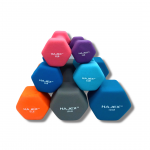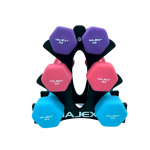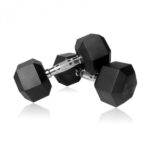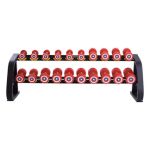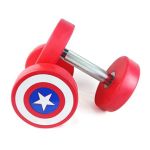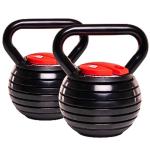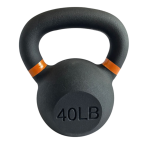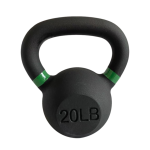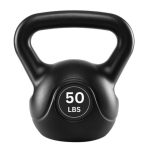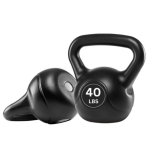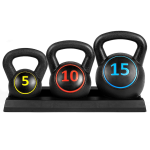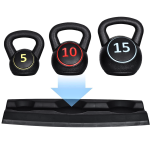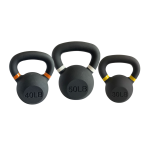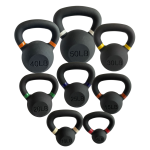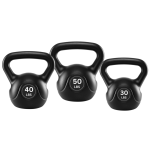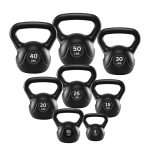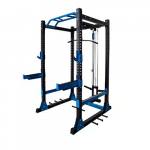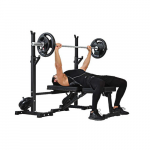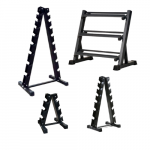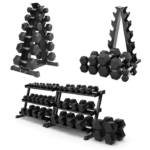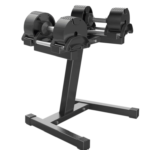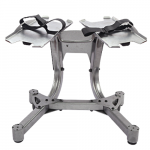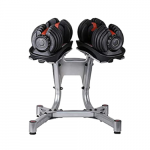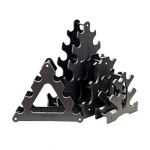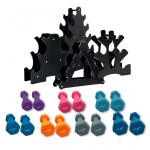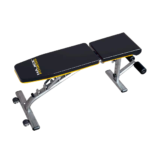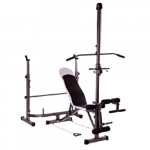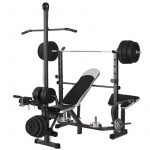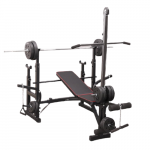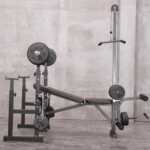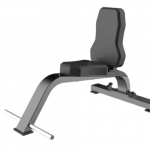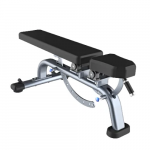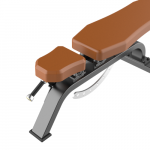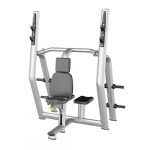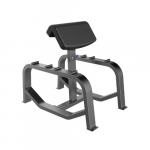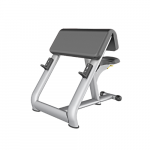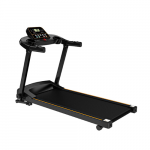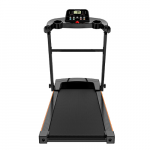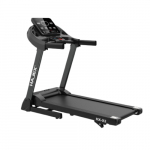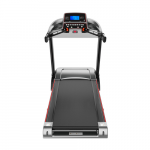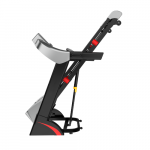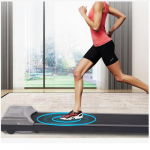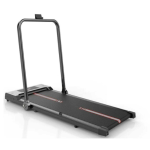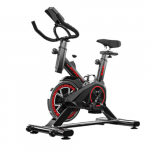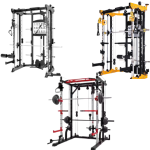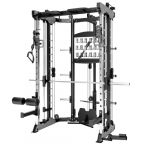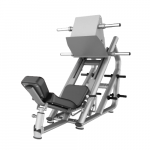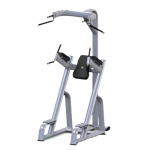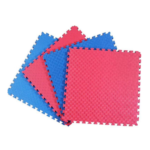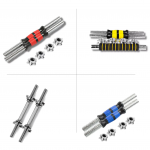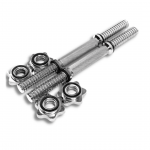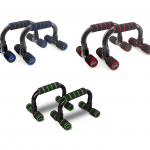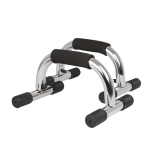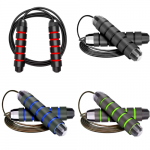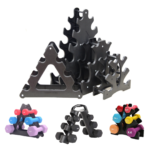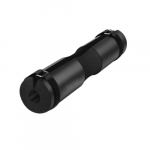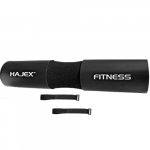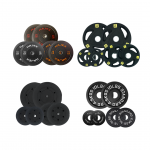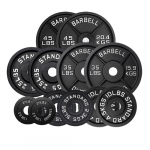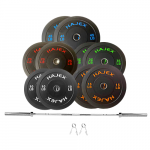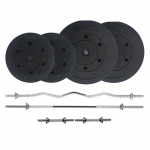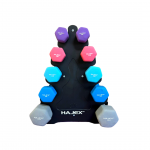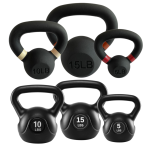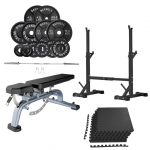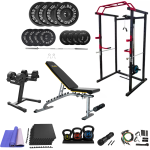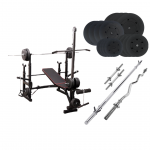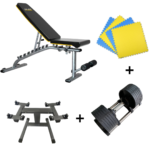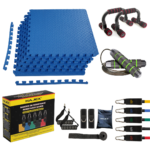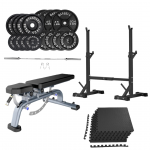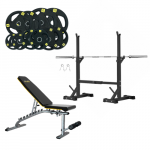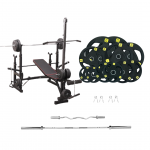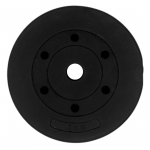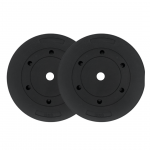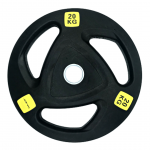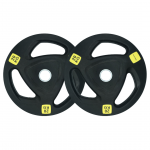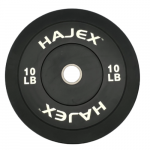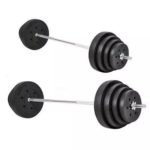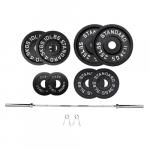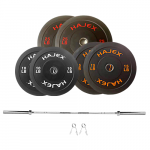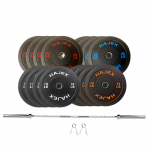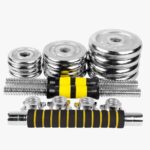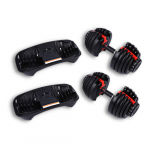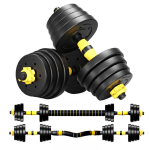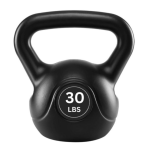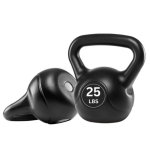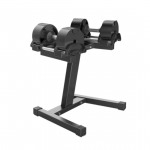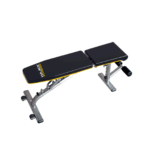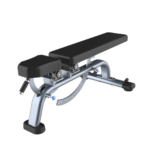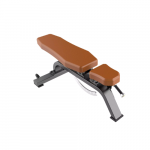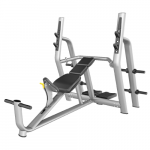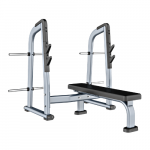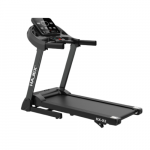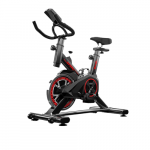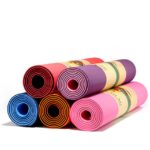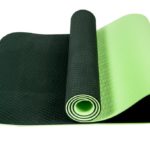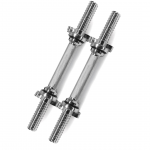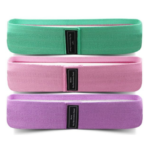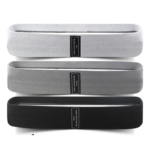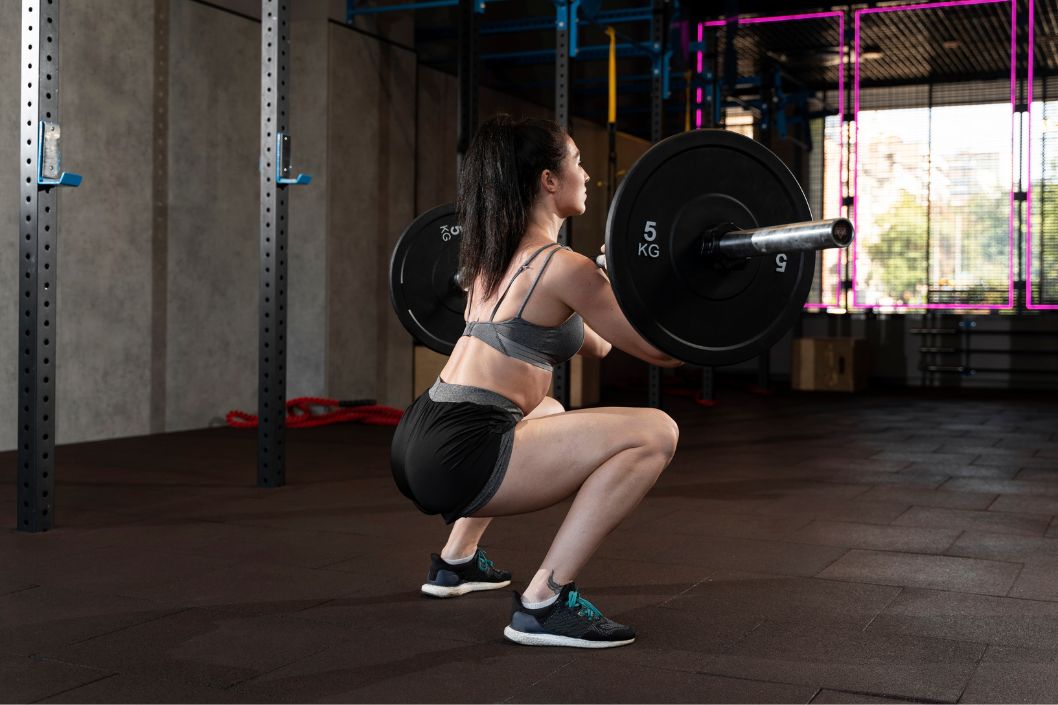Losing fat or cutting is not that simple. Complicating matters further are the lot of vogue diets all rosy significant weight loss in just a few days. The majority of them add up to malnutrition cloaked in actually attractive marketing.
Right in here we get in: with help in ordering over the hype.
These two extensively used approaches of cutting fat can assist you get ready, ripped, and bobbing for the long voyage. To find out which is best for you, consider their pros and cons.
Tracking a fixed meal plan: Fat-Loss Method One
In the days prior to tablets, smartphones, apps, and the internet, whoever wanted to cut fat and get in shape searched out a personal trainer and obtained a complete fitness plan for diets and exercises. Every single detail was described, comprising the quantity of food to eat and at what times it should be eaten. This regulated method to fat-loss nutrition has functioned for a lot of individuals wishing to shed fat. Nobody can question its potency, but it does come with strengths and weaknesses.
The Pros
Comprising a set meal plan created by an expert eradicates all of the tension and mental fatigue that can come with trying to find out how to consume for fat loss. Just track the plan, eat x quantity of food at every meal, and in a couple of weeks, You are trim, slim, and looking great!
Additionally, a meal plan helps to obliterate wasted food or the temptation to bite. You shop for a fixed number of food items at the store, and that’s it. No brainless snacking, no trivial impulse purchases, no wasted charge.
The Cons
The drawback of the set meal plan method is that it can turn boring after some time. Generally, such plans involve a limited number of foods that you eat day by day. What if you are not in the mood for rice and chicken? Bad. In that case, the meal plan says to eat it, and that’s all you understand.
This results in the bigger problem with set meal plans—they don’t educate you on how to establish an efficient fat-loss diet on your own. All they guide you is, “Eat this, not that.” What takes place after you conclude dieting and are prepared to start eating routinely again? You need to go back to your trainer and obtain a new meal plan for retaining or bulking.
The trouble is, you never truly study how to shape an endurable, useful manner of eating on your own, which takes us to the next fat-loss dieting approach.
Counting Macros: Fat-Loss Method two
Macros stand for macronutrients, they are the carbohydrates, protein, and fats present in the foods you eat. Each food includes different quantities of each macronutrient, which decides how many calories it contains and how “good” the food is for your specific requirements.
All calories are not developed equal. A 16-ounce normal soda has around as many calories as a 4-ounce chicken breast, but still, the two have considerably diverse macronutrient profiles. The soda is virtuous sugar, while the chicken is 98 percent protein, with a feel of fat. So with this method, you will have a quantified target of each macro that you require to take each day.
When following macros for fat-loss, it is crucial to prioritize protein, which supports combat appetite and preserves muscle tissue while a calorie shortage. Tracking protein, you place your fat macros for the day. The remaining of your calories normally come from carbohydrates.
The Pros
When you adopt the counting-macros method to dieting, you have the freedom to eat whatever you want to hit your daily macronutrient targets. This makes macro counting amazingly freeing and reveals an entire new world of foods you can eat. If you are not in the mood for broccoli and chicken, you can eat steak and asparagus, yogurt and berries, or something else so long as you strike your goal carbs, proteins, and fats for the day. Besides, this eating style is known as the IIFYM (if it fits your macros) way of dieting.
Tracking IIFYM relieves the tedium and mental exhaust that can arrive with a regimented meal plan. If you have space in your macros for a scoop of ice cream or a piece of chocolate by the end of the day, feel comfortable to relish it without guilt. It may perform some good, too, by lowering the stress that comes with dieting.
Still, everything isn’t ideal with the macro-counting approach.
The Cons
One disadvantage to a macro-counting approach is the power for getting things to the edges and filling your diet with pizza, doughnuts, and cookies. Guaranteed, these foods could fit in anybody’s diet, but if you are relying your food options on calorically dense, moderately low-nutrients foods, you are going to have one heck of a difficult time striking your goal macros for the day.
Another downside of the macro-counting approach is that it is simply too dreary for some folks. You not only need to weigh out all of your meal down to the very last gram, but you also need to compute the collapse of carbs, fats, and proteins. Then, you require to find out what type of foods to consume for your next meal to hit your macronutrient targets right on by the end of the day.
Now, tedious certainly does not mean it’s any worse or better than enduring by a specified meal plan. It’s simply another approach to assist you become lean and mean. For few people, counting-macros is not troublesome, and some enjoy it.
The Heart of the Matter
For fat loss, dieting is never simple, but it can be accomplished in a variety of ways, with two of the best-known options being the set-meal-plan track and following macros. Both are effective, but before deciding which way to go, you need to consider the downsides of both approaches.
